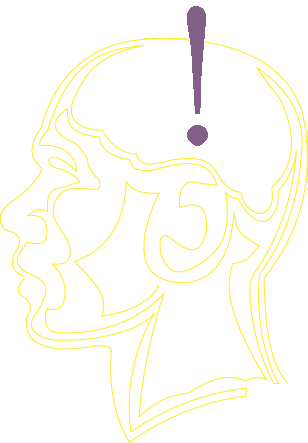

2010 2011 2012 2013 2014 2015 2016 2017 2018 2019 2020
Author(s): Troy Carr, Tanisha Khurana , Thomas Pirtle
Presentation: poster
We chose to work with the Daphnia heart model because it is similar to the vertebrate heart. The hearts of both vertebrates and Daphnia are myogenic—the heartbeat originates in pacemaker cells that have the unique ability to spontaneously depolarize. The hyperpolarization cyclic nucleotide activated (HCN4) ion channels contribute to the pacemaker currents in the heart which regulate the rhythm of the heart rate. We hypothesize that the Daphnia heartbeat requires HCN4-like ion channels, and that these ion channels resemble the vertebrate HCN4 ion channel. We used a drug, ZD-7288, a blocker for the HCN4 ion channel, to test our hypothesis. Our results indicated that the Daphnia heartbeat requires HCN 4-like ion channels, which is significant because the heart can be useful as a model system for a vertebrate heart.
The College of Idaho 2112 Cleveland Blvd Caldwell, ID 8360 USA 208-459-5011 800-2C-IDAHO